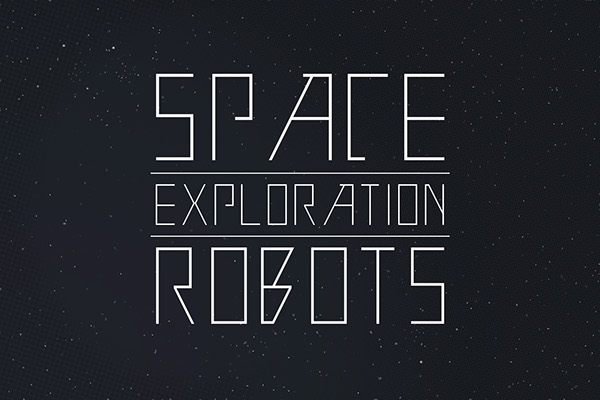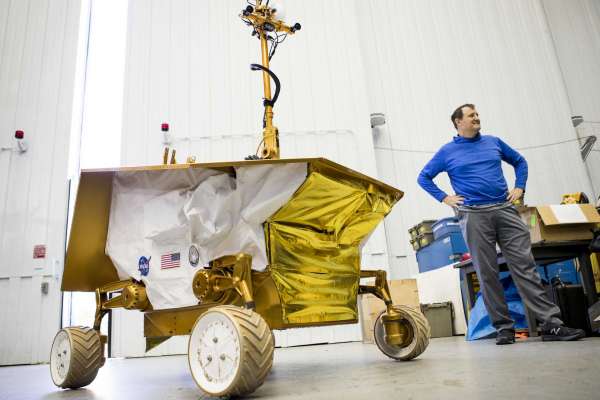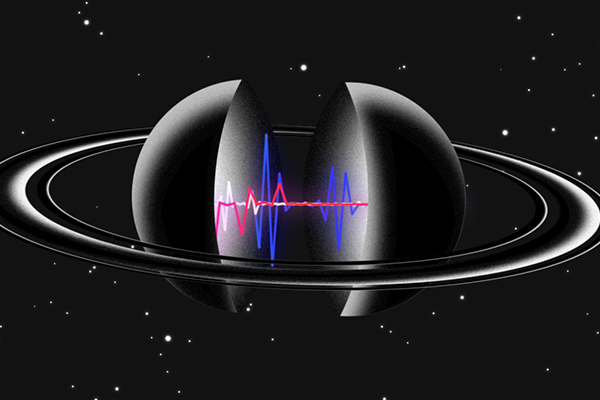Video Conferencing And Its Relation With Science Fiction

Unknown Truths About Black Holes
June 14, 2019
How Has The Science Fiction On Smart Homes Turned Into Reality?
June 15, 2019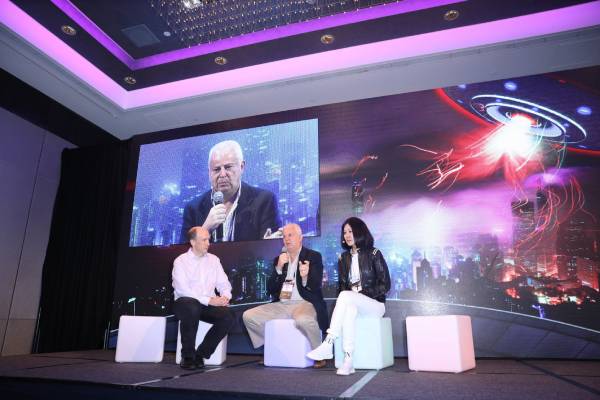
Video Conferencing – Popular Technology
Videotelephony or video calling is nothing but transmitting video, and audio signals thus enabling communication between two or more people. This technology is used in video conferencing through which meetings are conducted where people from remote locations take part in it. The Internet has increased the popularity of this technology in the early 20th century. Thus video conferencing is widespread with the use of mobile phones with cameras, webcams in the computer, etc. The main advantage of video conferencing is that it is not necessary to travel to various places to talk with each other. The first high definition video conferencing system hit the market in the year 2005. In the year 2010 video conferencing became popular among all sections of people.
In the past, there were several science fiction stories written by popular writers who wrote about audiography, video telephony and video calling. These science fiction stories are perfect proof that people dreamt for a technology which would help them to see and talk with distant people. There are several Audio Conferencing Services in use today, and voice snap is one such school app which helps teachers, students, and parents to communicate with each other. This app works on the technology of video calling.
People in the early 18th century have dreamt about the world of video enriched communication of people. Thus specific science fiction stories talked about video telephony and video calling. After nearly 130 years, these science fiction stories have come to reality.
History of video conferencing in relation to science fiction
 Fictional Depiction Of Video Conferencing
Fictional Depiction Of Video Conferencing
George Du Maurier, a British cartoonist, born in France, came up with lots of imagination. He wrote a fictional depiction of video conferencing in his science-based fictional stories. He wrote a depiction based on the idea of Thomas Edison, where a mother and father wished to communicate with their children who are living in another city. Thus they would set up an electric camera-obscura in the bedroom and converse with them through a wire.
Imagining Distant Future
An early French Scientist Jules Verne is a popular science fiction writer of the 1880s. One of his fiction stories named “In the Year 2889” is a popular science fiction story which talks about the world in the year 2889. He has written how the world would be after 200 years. He has mentioned that it would be possible to transmit images through mirrors connected with wires. Thus it would help a person from Paris to communicate with his wife who lives in another country.
Telephoto – An imaginative Video calling Device
Hugo, an American Science fiction writer, imagined a device where a faceplate came up with a human face during a video call. His imagination was very close to modern technology that we use for telecalling and teleconferencing.
Video calling In Films
Metropolis by Fritz’s Lang was the first film to come up with the video conferencing technology in the year 1927. The film featured a wall mounted videophone which was used to make a face to face communication. Find out more about video conferencing.
Animated Sitcom
The early animated sitcom depicted the technology of video conferencing. It was early speculation of video conferencing. It was used as a collaboration tool.
A Space Odyssey
This is a popular science fiction film of Stanley Kubrick of the year 1968. This is a film about a space traveler, and it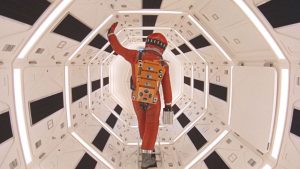 features a video call from space to the earth. The space traveler talks with his daughter through a video call. This is similar to children conversing with their parents through skype who are in office.
features a video call from space to the earth. The space traveler talks with his daughter through a video call. This is similar to children conversing with their parents through skype who are in office.
Back To The Future Part II
This is a popular science fiction film featured in the year 1989. The movie came up with scenes where people who wore a specific type of glasses were able to take up video calls. The film also envisioned a device that communicated with employees in remote locations.
Thus video calling and video conferencing technology was once a dream in the past which has come into reality in recent years. This technological invention can indeed be a great boon to the world when they are used in the right way.

